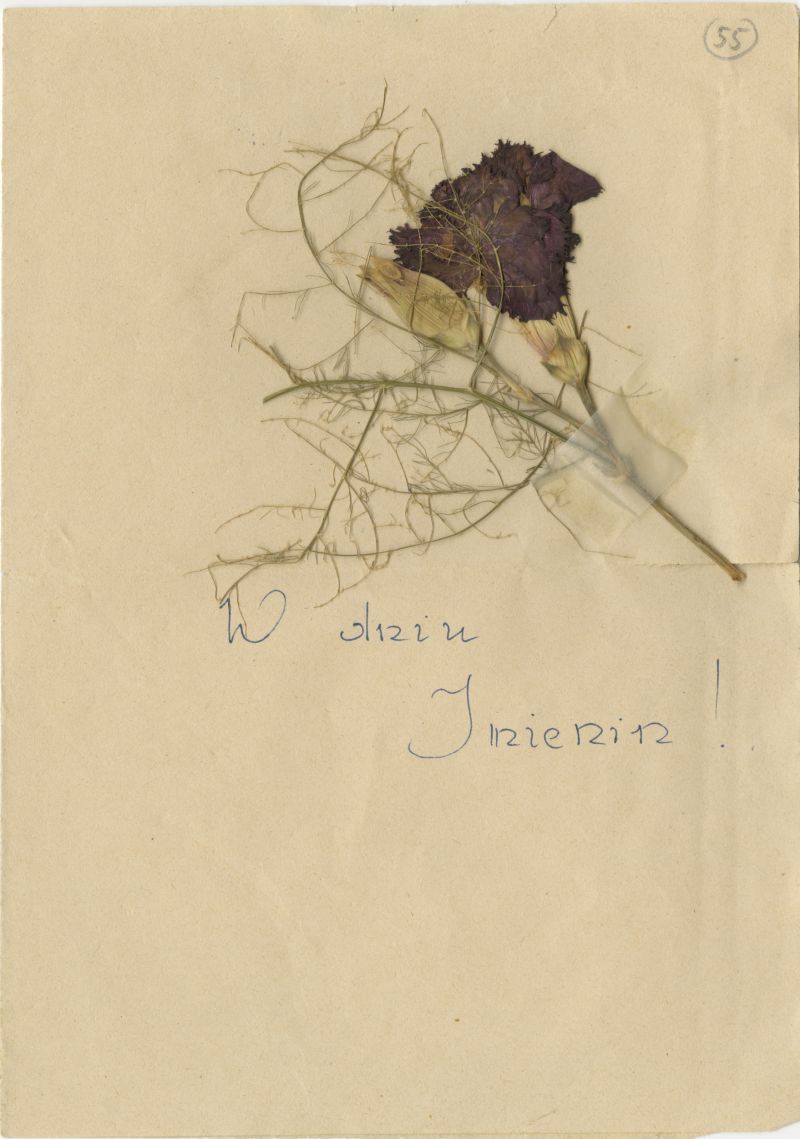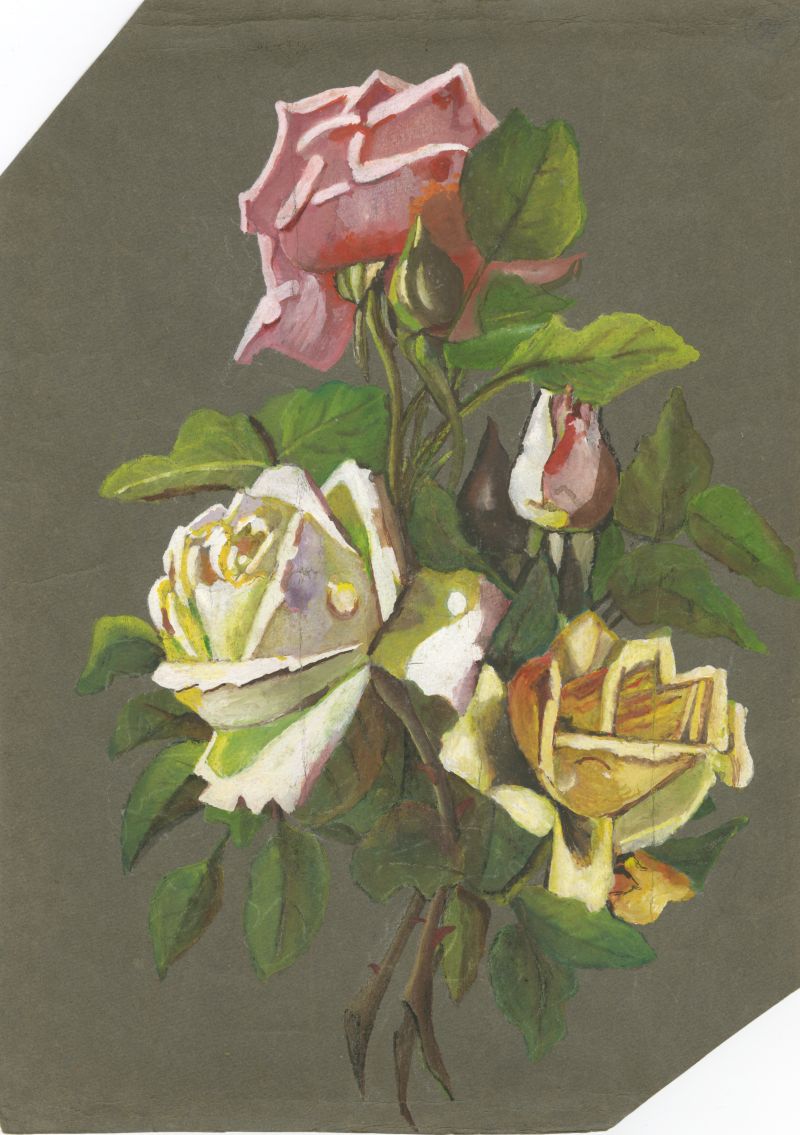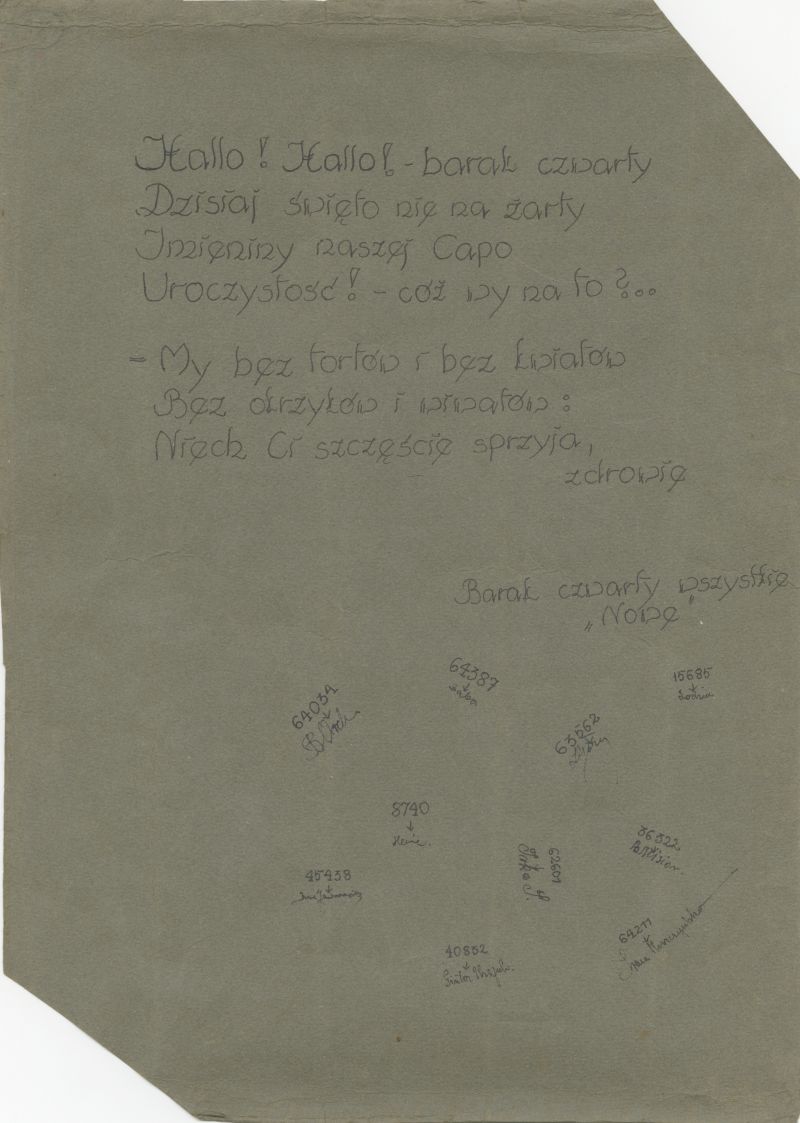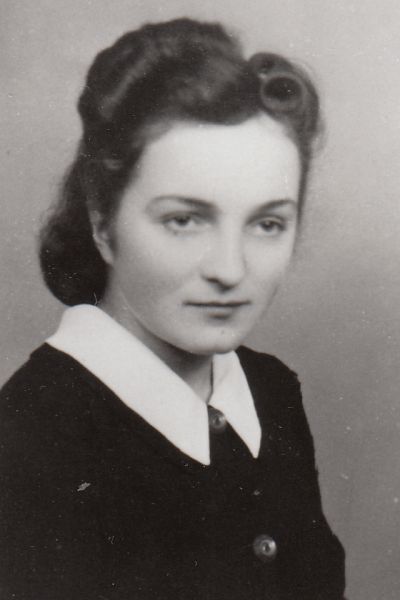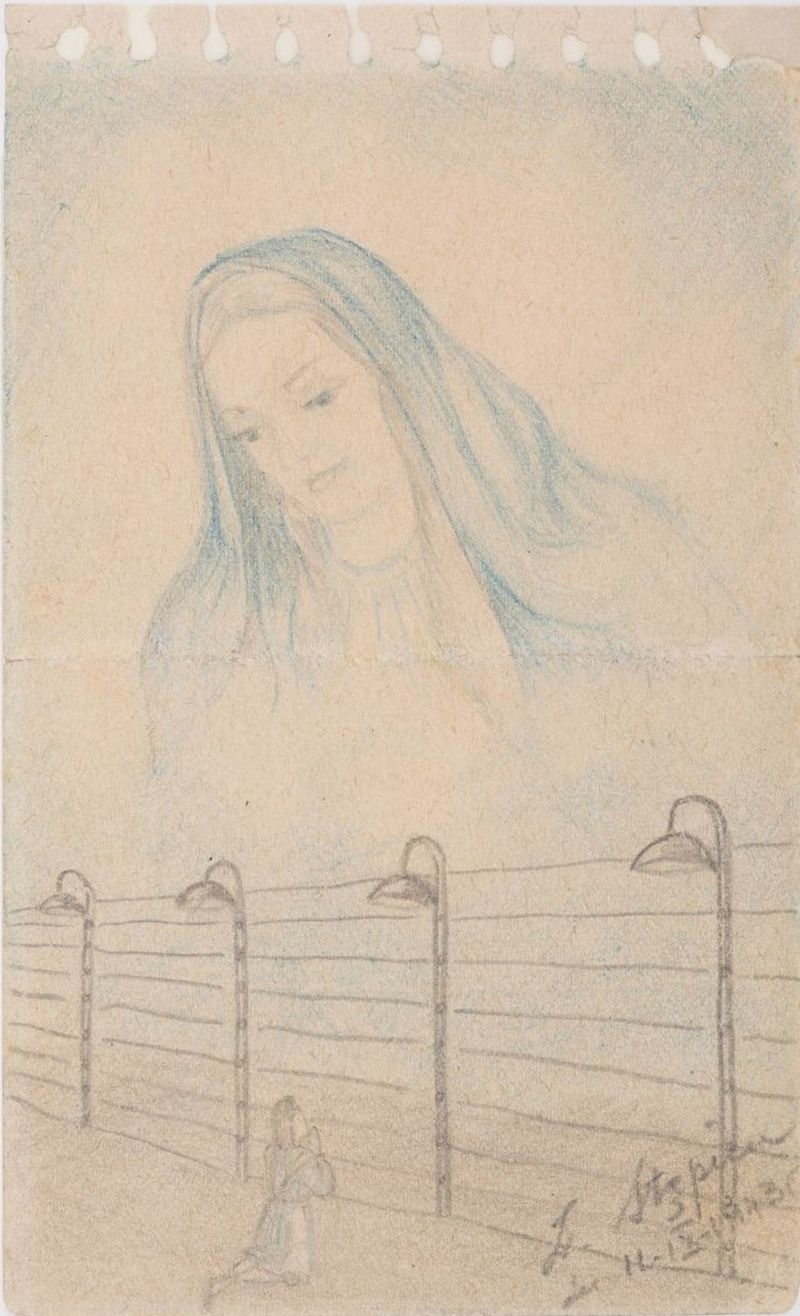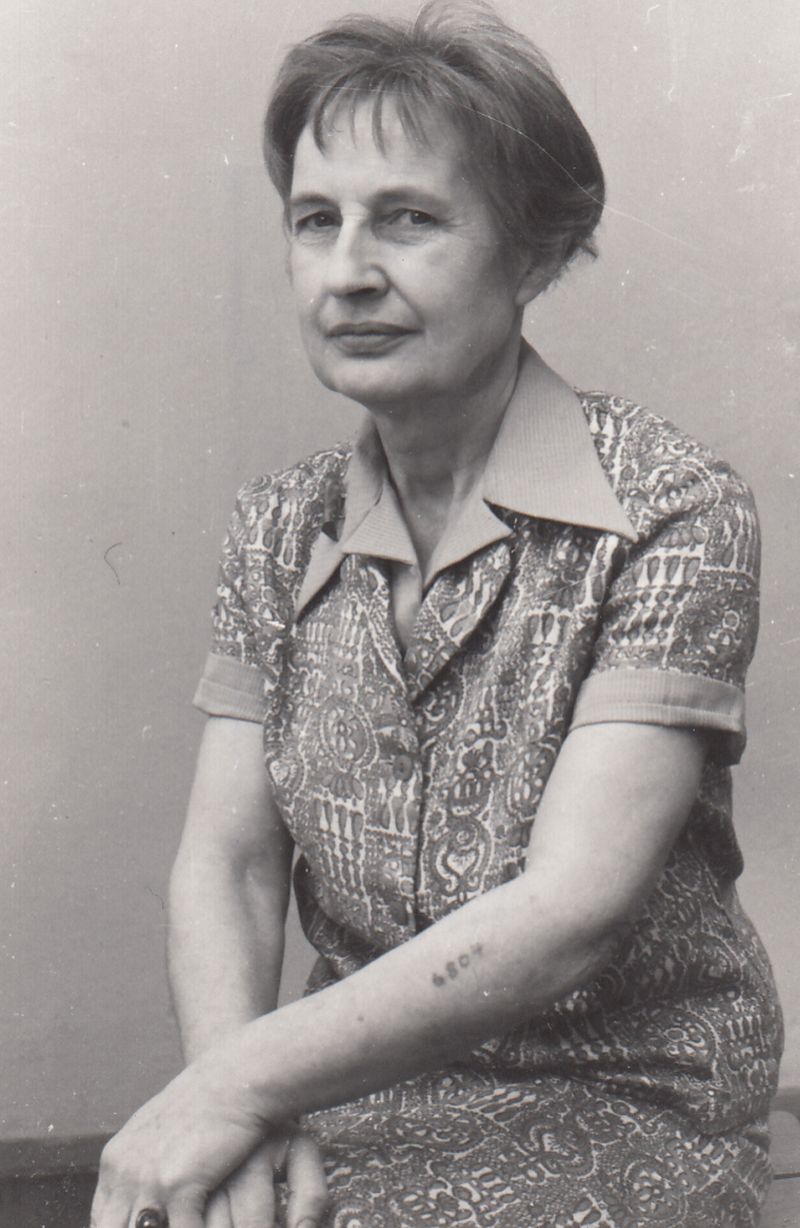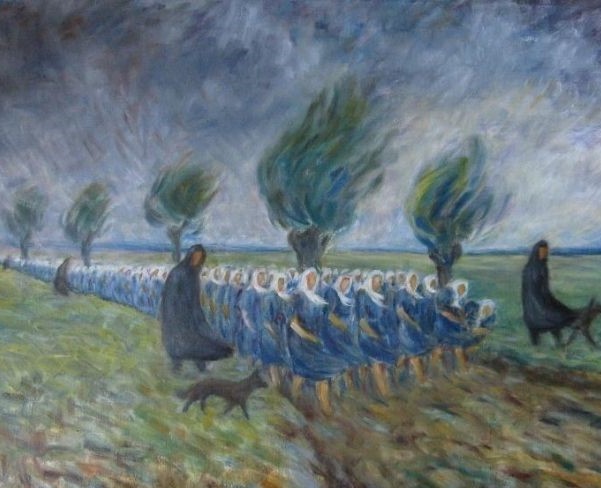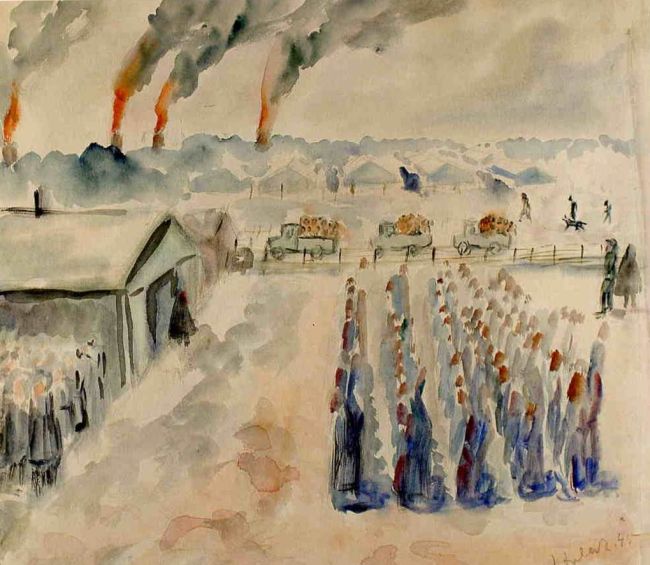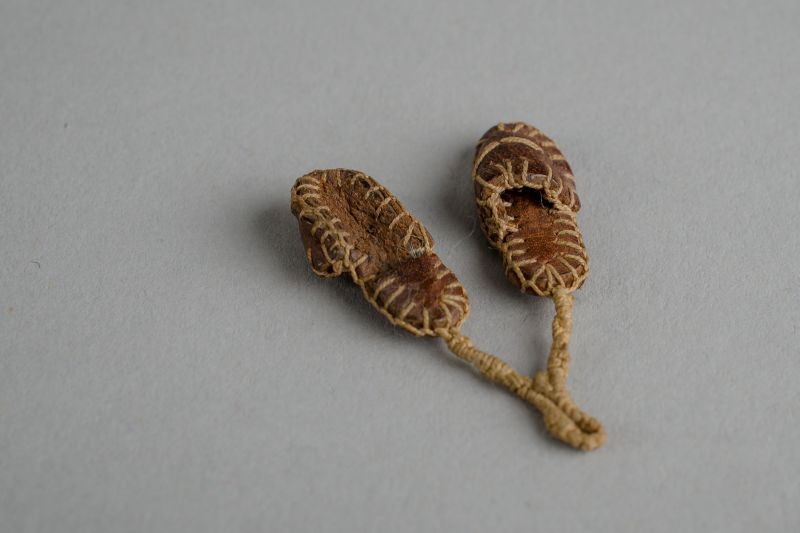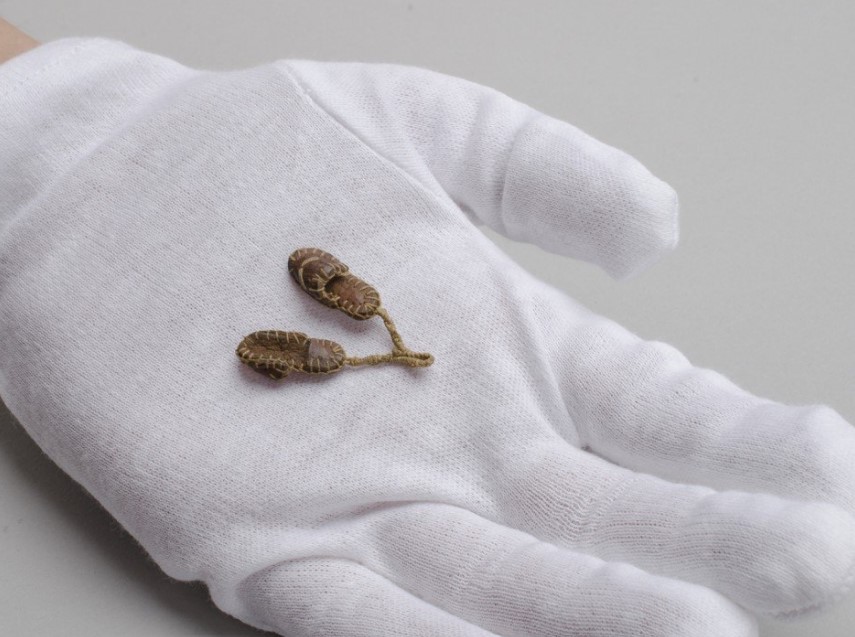The prisoners also manufactured all kind of creative artistic work- toys for children from the camp, religious objects, small items as souvenirs (small boxes and figures made of pieces of wood, fabric or other materials), greeting and holiday cards, birthday and name-day cards for friends and portraits of inmates.

